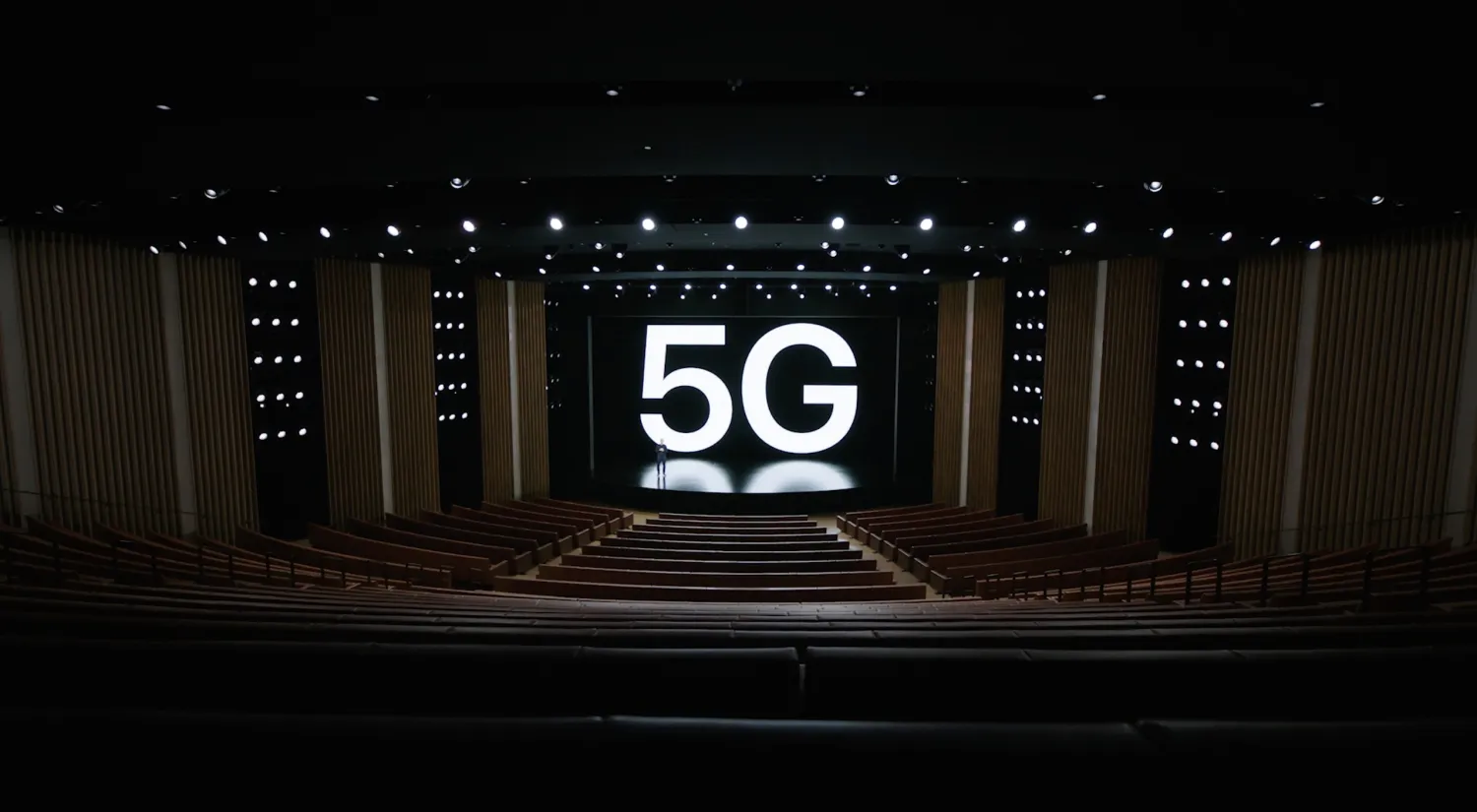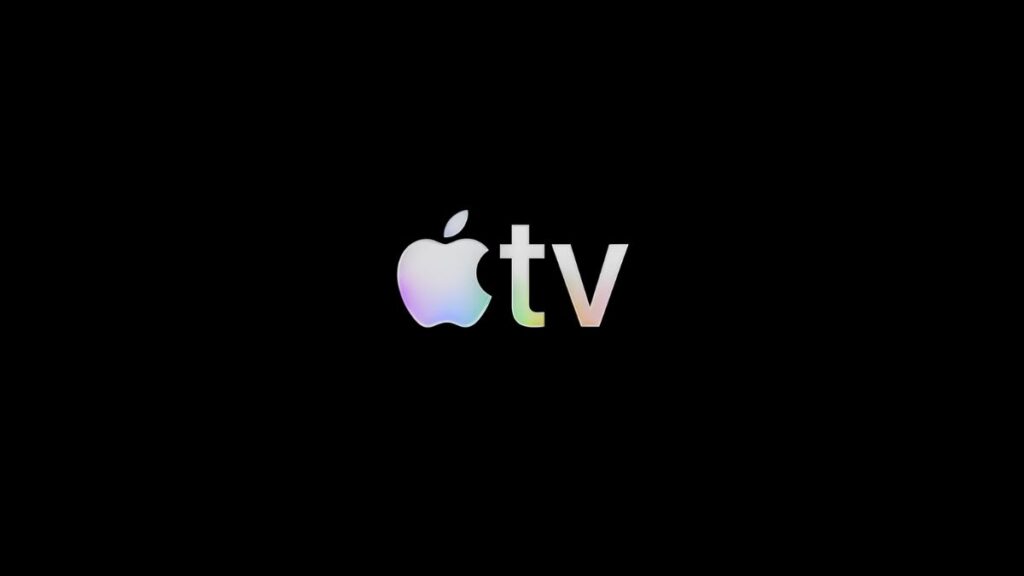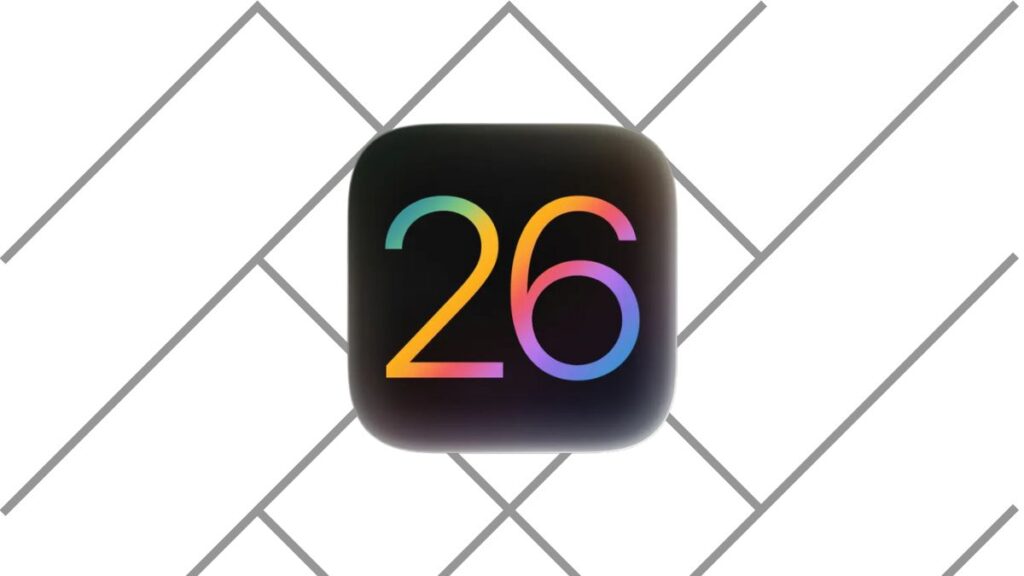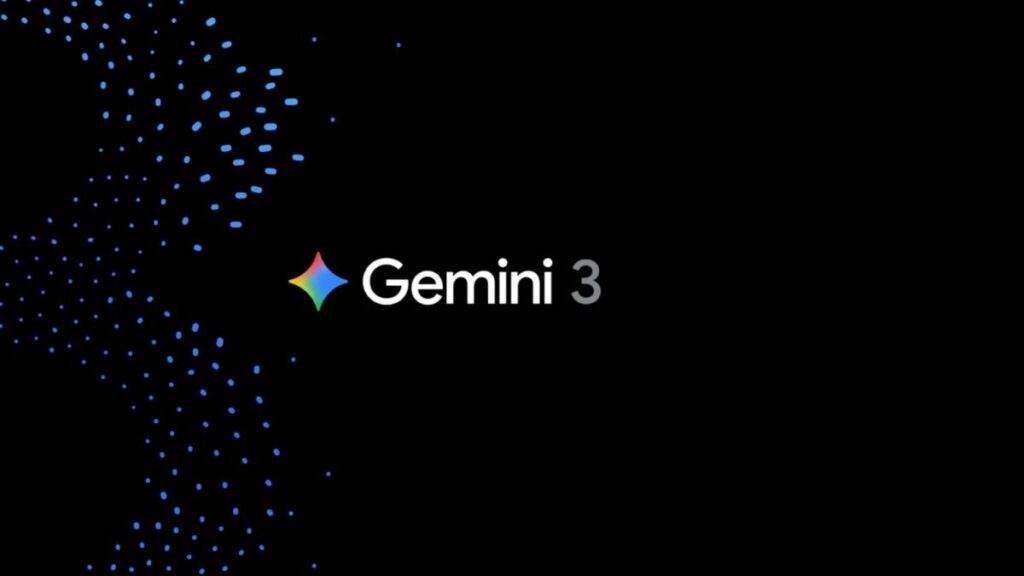Apple has officially joined the Ultra Accelerator Link (UALink) Consortium, a group of over 65 industry leaders working to establish the next-generation standard for AI accelerator architecture.
This move positions Apple on the consortium’s board, giving the company a direct role in shaping the future of AI hardware connectivity and challenging Nvidia’s dominance.
What is UALink?
UALink is an open-standard initiative aimed at creating scalable solutions for connecting GPUs and other accelerators in AI data centers. The consortium seeks to rival Nvidia’s proprietary NVLink technology, which has been the industry standard for GPU-to-GPU communication in servers.
Nvidia’s NVLink leverages Infiniband, a high-performance interconnect technology that Nvidia effectively controls. UALink, backed by major players like AMD, Intel, AWS, Google, Meta, and Microsoft, provides an open alternative that could disrupt Nvidia’s stronghold.
Apple’s Role and Statement
Apple’s involvement in UALink marks its first direct contribution to shaping AI hardware standards at this level. Becky Loop, Apple’s Director of Platform Architecture, highlighted the company’s enthusiasm:
“UALink shows great promise in addressing connectivity challenges and creating new opportunities for expanding AI capabilities and demands.
Apple has a long history of pioneering and collaborating on innovations that drive our industry forward, and we’re excited to join the UALink Board of Directors.”
Why It Matters
Nvidia has long dominated the AI hardware space, with its GPUs and proprietary technologies like NVLink being central to AI workloads in data centers. By joining UALink, Apple aligns itself with other tech giants aiming to establish an open, scalable alternative to Nvidia’s ecosystem.
The consortium’s first specification, UALink 1.0, offers 200Gbps connectivity and supports up to 1,000 accelerators within a single AI pod. This architecture is based on the IEEE P802.3dj PHY Layer and is designed to provide high-speed, efficient communication between AI accelerators.
Implications for the AI Hardware Landscape
Apple’s entry into UALink could signal a broader push by the company into AI infrastructure, complementing its advancements in on-device AI capabilities. The move also underscores the growing industry momentum to counter Nvidia’s control over critical AI technologies.
The UALink Consortium plans to release its 1.0 specification to the public in early 2025, setting the stage for widespread adoption and potentially reshaping the competitive dynamics of AI hardware.









